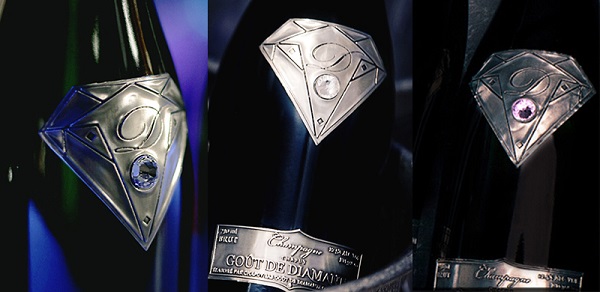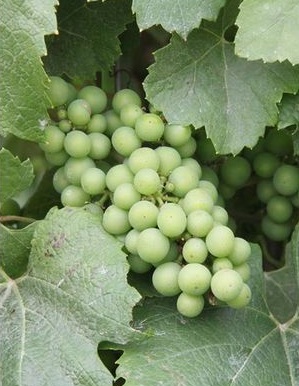Complete Guidance for Choosing the Right Wine Glass for Every Occasion

When it comes to enjoying red wine, you might wonder if the shape of your glass really matters. The quick answer is yes—it can make a noticeable difference in how your wine smells and tastes. Different wine glasses are often designed to highlight particular grape varieties, aromas, and flavor profiles.
For many wine enthusiasts, the right glass can enhance the overall experience without needing to be a total wine geek. Below, we will look at the most common red wine glasses. We will discuss why they shape this way. We will also see how each glass can enhance the aromas and flavors of your favorite wines.
1. Why Wine Glass Shape Matters
You’ve likely seen wine glasses in countless shapes and sizes—enough to make your head spin (even before you start sipping!). There is a good reason for these variations: different shapes bring out different characteristics in each grape variety. Each wine has its own aromas, flavors, and textures, so customizing the glass shape to the wine can make a surprisingly big difference in how it tastes.
For instance, red wines often need more aeration because of their higher tannin content. A larger bowl helps air circulate, softening any harshness. White wines, on the other hand, are more delicate in both aromas and flavors, so a narrower glass can help preserve their freshness.
Even sparkling wines benefit from tall, slender shapes to maintain their bubbles for longer. Essentially, the shape of a wine glass can enhance the experience of the wine—helping the aromas to escape, guiding the wine across your palate in a certain way, and influencing how it ultimately tastes.
That doesn’t mean you need a dozen different glasses at home. The main takeaway is to understand the role of a glass shape so you can make an informed decision when purchasing or picking a glass. Sometimes, owning one universal glass won’t ruin your enjoyment. But if you’d like to optimize your wine experience, a few targeted glass styles can be a fun addition to your collection
2. What Are the Main Components of a Wine Glass?
To see how glass shapes impact the way we taste wine, it’s helpful to know the four main parts of a wine glass:
The Rim (or Mouth)
This is where your lips meet the glass. Thinner rims feel more refined and allow the wine to flow smoothly, whereas thicker rims can slightly alter how the wine lands on your palate.
The Bowl
This is where you pour the wine. A wide bowl is perfect for swirling red wines, helping aromas open up and mix with air. White wine or delicate rosé glasses often have narrower bowls to keep those lighter aromas focused.
The Stem
The stem allows you to hold the glass without warming the bowl (and therefore the wine) with your hand, which is especially beneficial for wines that are best served at a cooler temperature. Many traditional wine glasses feature a long stem for this reason.
However, there are also stemless wine glasses available—often preferred for easy transportation and casual settings—though they offer less insulation from body heat than stemmed glass.
The Base
Also known as the foot, the base provides stability. In nearly all wine glasses, this circular platform is what keeps the glass upright on a table.
Understanding each component can help you appreciate why certain shapes work best for certain wines. Together, these four elements impact everything from temperature control to how aromas reach your nose.
3. What Are the Benefits of Using Matching Glasses with Wine?
If you’ve ever questioned the need for different shapes, consider these benefits:
Better Aeration
Big, bold reds like Cabernet Sauvignon, Shiraz, or other tannin-heavy wines often benefit from extra air contact. A larger, rounder bowl lets you swirl the wine, allowing oxygen to soften harsh tannins.
Enhanced Aromas
The shape and size of the glass can concentrate or diffuse a wine’s aromas. For example, a narrower bowl preserves the delicate floral notes of light-bodied whites, while a more open bowl encourages the rich scents of reds to expand.
Temperature Control
Holding a glass by the stem keeps your hand off the bowl, preventing heat transfer. This is crucial for wines meant to stay cool, such as crisp whites and sparkling wines.
Aesthetic Enjoyment
On a purely fun note, sipping from an elegant glass that matches the style of wine just feels special. Whether you’re hosting friends or enjoying a quiet evening in, having a selection of wine glasses can elevate the entire experience.
4. Generally Which Glass for Which Type of Wine?
If you don’t have unlimited space or budget, focus on a few key glass styles:
Red Wine Glasses
Choose something with a larger bowl and a gentle inward taper at the rim. This allows for swirling (aeration) and keeps the pronounced aromas of red wine from overwhelming your nose in one go. A taller stem is also helpful, as it lets you hold the glass comfortably without warming the wine too much.
White and Rosé Wine Glasses
Pick glasses that are smaller and more upright. Lighter wines often need less aeration, so a narrower bowl can maintain their delicate aromas and subtle flavor nuances.
Champagne Glasses
Tall, slender stems with narrow bowls—like flutes or tulips—are traditional for sparkling wines. The primary goal is to keep bubbles intact for as long as possible and direct those lovely aromas straight to your nose.
A Universal Glass
If you’d rather keep things simple, you can invest in a well-designed “all-purpose” glass. While it won’t be perfectly tailored to every grape variety, it will still do a decent job for both reds and whites, letting you enjoy your wine without a fuss.
5. Grape-Specific Glasses
If your goal is to enhance the taste and scent of each grape type, you don’t need a unique set of wine glasses for every style—just a handful of adaptable shapes will suffice. However, for enthusiasts eager to maximize each serving, there are some timeless, reliable shapes to consider.
The Zinfandel (or Riesling/Chianti) Glass
Even though Zinfandel is known for its bold, jammy fruit flavors, you’ll often see it served in a relatively narrow tulip-shaped glass with around a 14-ounce capacity. This smaller, tapered shape captures the sweet berry aromas that make Zinfandel so appealing.
If you also enjoy lighter-bodied reds like Chianti (made from Sangiovese grapes) or highly aromatic whites such as Riesling, this same shape can work beautifully.
If you’re into spicy, earthy Zinfandels and want a bit more space for those subtler nuances, consider using one that’s slightly larger.
The Cabernet/Merlot Glass
Often referred to as Bordeaux glass, this shape usually has a capacity of around 20–22 ounces and is slightly taller than a Zinfandel glass. Wines made from Cabernet Sauvignon, Merlot, Malbec, and similar Bordeaux-style blends can have fairly high tannin levels and deeper color.
A benefit of this larger tulip is that it provides enough space to swirl your wine and release layers of aromas beyond just fruit, like peppery spice or oak-induced vanilla.
The Pinot Noir Bowl
Pinot Noir is cherished for its delicate character, fragrant aromas, and softer tannins, which is why a wide, bowl-shaped glass is often recommended. Burgundy glasses generally hold around 24 ounces and look almost balloon-like. The bowl’s roundness allows more air to come into contact with the wine, intensifying its floral, fruity aromas. Additionally, the wider rim encourages the wine to reach the tip of your tongue first, where you detect sweetness, making lighter-bodied reds taste smoother and more velvety.
If you appreciate easy-drinking reds with floral notes—like Gamay from Beaujolais or certain Lodi-grown Grenache—this style of glass can really spotlight those softer aromas.
The Syrah/Shiraz/Tempranillo Glass
For dark and strong wines, some glass makers offer a tall tulip shape. This glass holds about 24 ounces, like a Pinot Noir bowl, but has straighter sides. It’s often labeled as a Syrah, Shiraz, or Tempranillo glass.
The logic behind this design is to showcase robust aromas—like black pepper, dark fruit, or earthy nuances—while still providing enough space for highly tannic wines to open up.
Wine glass shape matters because it impacts how your wine tastes—controlling how much air it gets, how aromas develop, and how the wine hits your palate. By knowing the main components (rim, bowl, stem, base) and the benefits of matching glasses to your wine, you can pick the right style for your personal preferences.
That might be a single all-purpose glass or a couple of different options for reds, whites, and sparkling wines. Either way, understanding the basics will help you get the most out of every sip.
Krystal Wen is a vinicultural expert with the “VinoVoss”—an AI Sommelier smartphone app and web-based semantic wine search and recommendation system developed by BetterAI. The user-friendly online platform picks the perfect wine every time, for any occasion courtesy of a highly advanced artificial intelligence assist. VinoVoss uses AI-powered machine learning that is guided and trained by human sommeliers and wine experts, working alongside engineers and data scientists, to assure highly tailored and relevant wine discovery. Reach her at www.vinovoss.com .


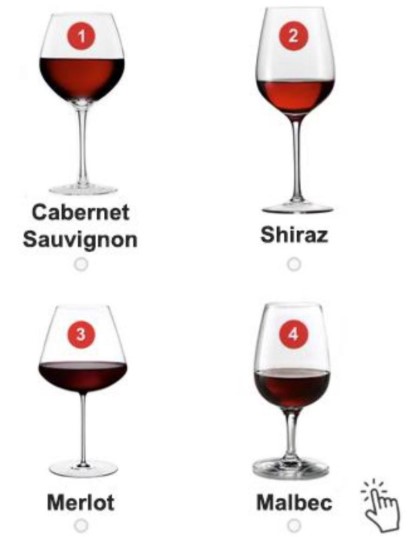




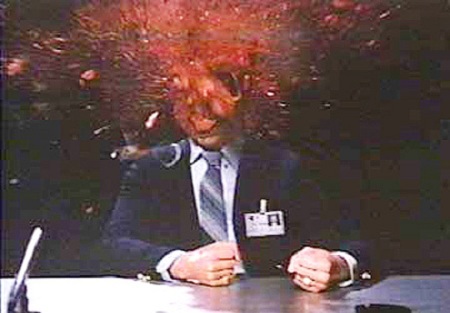
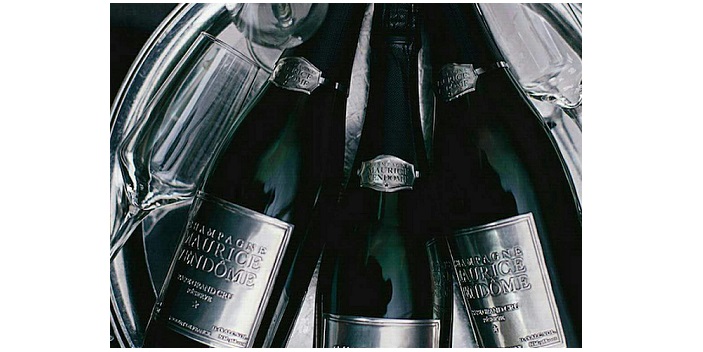
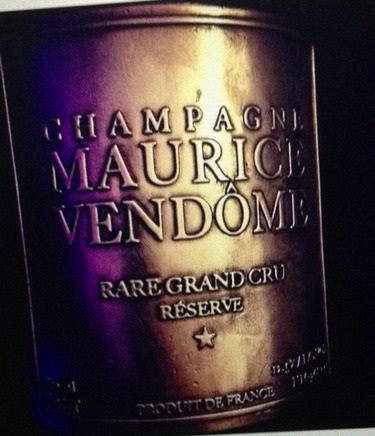 Miami, FL, – Ultra-luxury wine and spirits purveyor
Miami, FL, – Ultra-luxury wine and spirits purveyor 
